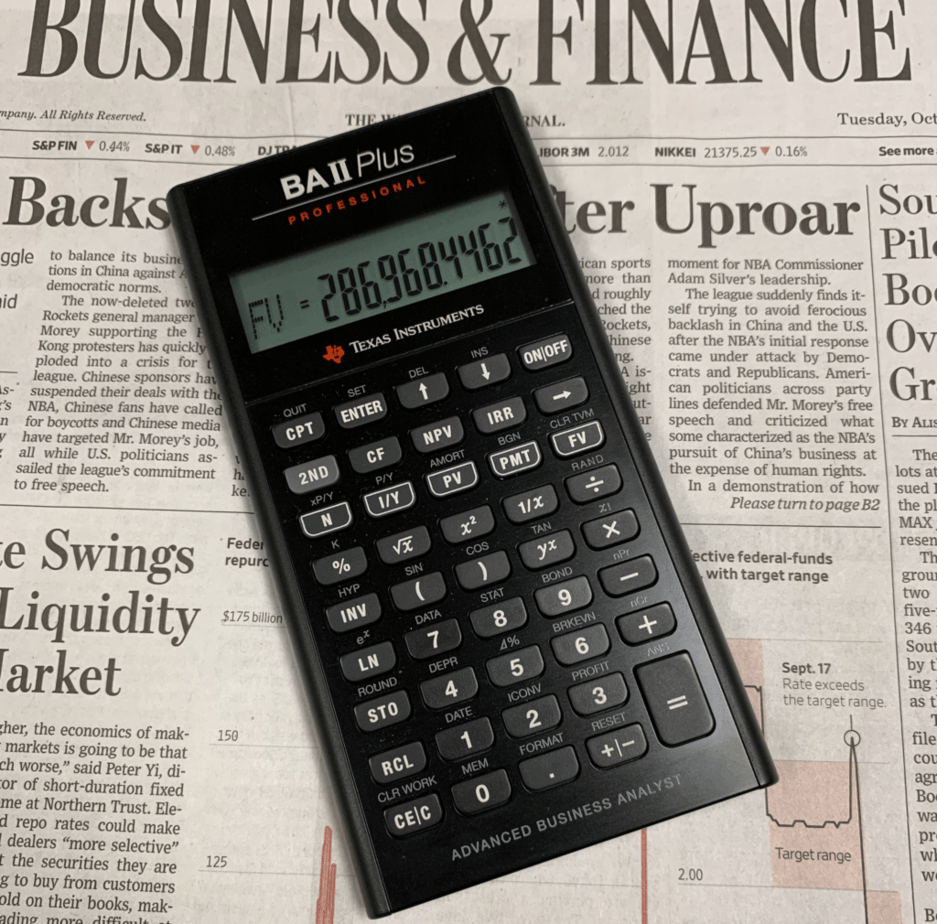Understanding
Credit Scores and How to Improve Them
Credit
scores represent a pivotal component of financial literacy, serving as a key
determinant of an individual's creditworthiness and financial stability. These
numerical assessments influence access to credit, interest rates, employment
opportunities, and housing eligibility. Despite their significance, credit
scores remain widely misunderstood.
This
comprehensive guide elucidates the mechanisms underlying credit scores,
explicates their calculation methodology, and delineates empirically grounded
strategies for their optimization. By assimilating this knowledge, readers can
take informed steps toward enhanced financial well-being.
Defining
the Credit Score
A credit
score is a standardized numerical representation of an individual’s credit
risk, derived from their historical financial behavior. In the United States,
the predominant scoring models are FICO and VantageScore, both of which range
from 300 to 850:
- 300 - 579: High-risk borrower (poor
credit)
- 580 - 669: Subprime borrower (fair
credit)
- 670 - 739: Prime borrower (good credit)
- 740 - 799: Low-risk borrower (very good
credit)
- 800 - 850: Minimal risk borrower
(excellent credit)
Methodology
of Credit Score Calculation
Credit
scores are algorithmically computed based on a weighted analysis of the
following variables:
1.
Payment History (35%) – Timeliness of payments is the most critical determinant of credit
health. Delinquencies and defaults negatively impact scores.
2.
Credit Utilization Ratio (30%) – The proportion of revolving credit in use relative to the
total credit limit should ideally remain below 30%, with optimal levels under
10%.
3.
Length of Credit History (15%) – The duration of credit activity, including the average age
of accounts, influences stability assessments.
4.
Credit Mix (10%) – A diversified portfolio of revolving (e.g., credit cards) and
installment (e.g., mortgages, auto loans) credit instruments is favorable.
5.
New Credit Inquiries (10%) – Excessive applications for new credit within a short
timeframe may signal financial distress and lower scores.
The
Macroeconomic Implications of Credit Scores
Credit
scores extend beyond personal finance, influencing broader economic factors
such as lending risk assessment, mortgage-backed securities pricing, and
macroeconomic stability. A strong credit score yields the following advantages:
- Enhanced Borrowing Power – Lower interest rates and
higher credit limits.
- Increased Housing Accessibility – Landlords assess credit
scores to mitigate tenant default risk.
- Employment Opportunities – Certain employers review
credit history for roles involving financial responsibility.
- Reduced Insurance Premiums – Credit-based insurance scores
affect auto and homeowner insurance pricing.
- Access to Business Credit – Entrepreneurs with robust
credit scores qualify for superior financing options.
Dissecting
Common Credit Score Misconceptions
Numerous
fallacies pervade discussions surrounding credit scores. Clarifying these
misconceptions is integral to fostering informed financial decision-making:
- Misconception: Checking one’s own credit score
lowers it.
- Reality: Self-checks (soft inquiries)
have no impact; only lender-initiated hard inquiries affect scores.
- Misconception: Closing unused credit accounts
improves credit scores.
- Reality: Closing accounts may shorten
credit history and increase utilization ratios, thereby reducing scores.
- Misconception: Paying off debt immediately
increases one’s score.
- Reality: While reducing debt is
beneficial, scoring models update periodically, and effects may not be
immediate.
Strategies
for Optimizing Credit Scores
1.
Prioritize On-Time Payments
- Automate recurring payments to
avoid missed due dates.
- Pay at least the minimum
required amount to prevent delinquency reporting.
2.
Optimize Credit Utilization
- Maintain a credit utilization
rate below 30%; ideally, under 10%.
- Prepay outstanding balances
before statement generation to minimize reported utilization.
- Request credit limit increases
to improve the utilization ratio passively.
3. Limit
Hard Inquiries
- Apply for new credit only when
necessary.
- Consolidate multiple credit
applications within a short timeframe to reduce the impact of inquiries.
4. Retain
Aged Credit Accounts
- Keep older credit accounts
active to sustain a longer credit history.
- If closing an account is
unavoidable, prioritize closing newer accounts over older ones.
5.
Rectify Credit Report Errors
- Obtain credit reports from AnnualCreditReport.com
and scrutinize for discrepancies.
- Challenge inaccuracies through
formal disputes with credit bureaus.
Case
Study: The Credit Rehabilitation of John
John, a
secondary school educator residing in Ohio, confronted a deteriorating credit
score of 580 due to habitual late payments and elevated credit
utilization. Recognizing the need for rectification, he implemented the
following corrective measures:
1.
Established
automatic payment mechanisms to preclude delinquencies.
2.
Reduced
his credit utilization from 75% to 20% through strategic debt payments.
3.
Refrained
from new credit applications for six months to minimize inquiries.
4.
Successfully
contested an erroneous late payment notation on his credit report.
5.
Became
an authorized user on a relative’s credit card, augmenting his available
credit.
Within six
months, John’s score ascended from 580 to 720, affording him access to
prime lending products and reduced borrowing costs.
Expected
Credit Score Improvement Timelines
Credit score
recovery adheres to variable timelines contingent upon the nature of corrective
actions:
- Short-Term (30–60 days): Minor enhancements from debt
reduction and dispute resolutions.
- Medium-Term (6–12 months): Substantial gains from
consistent on-time payments and credit optimization.
- Long-Term (12+ months): Significant rehabilitative
progress through sustained fiscal discipline.
Key
Takeaways
- Credit scores serve as critical
determinants of financial accessibility and cost efficiency.
- Payment history and credit
utilization
exert the most profound influence on scores.
- Regular monitoring and dispute
resolution mitigate erroneous credit report detriments.
- Strategic financial management
yields long-term credit score sustainability.
- An informed approach to credit
maintenance fosters enhanced economic mobility.
Take
Proactive Control of Your Credit
🔗 Access your free credit report 📩 Subscribe for financial strategy insights and
updates! 💬 Engage with us: What challenges have
you faced in improving your credit score?











0 Comments